Rohingya refugees at risk as monsoon season looms
After fleeing shocking violence in Myanmar, nearly 1 million Rohingya refugees in Bangladesh face potentially devastating monsoon rains this summer.
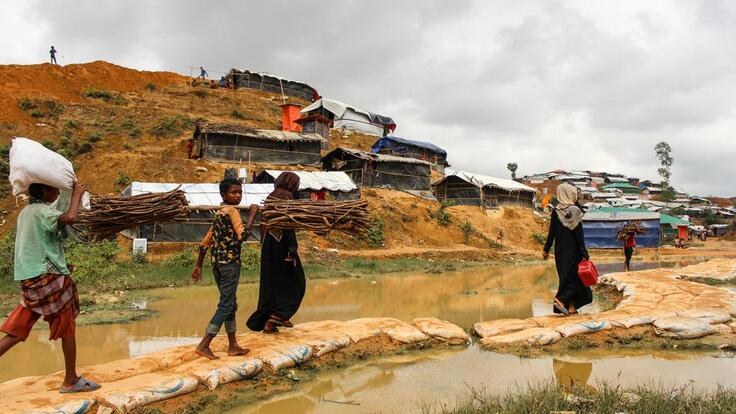
Now the world’s largest stateless people, the Rohingya live in dangerously overcrowded refugee camps in Cox’s Bazar, Bangladesh, where basic services are stretched beyond their limits.
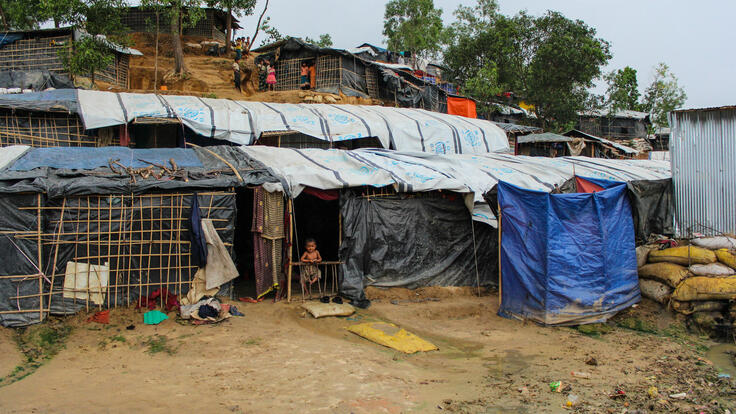
The refugees have had to fashion shelter from bamboo, tarpaulins and other materials they find around the camps.These flimsy structures will not be able to withstand the lashing rain and high winds of monsoon season, which lasts from May to September.
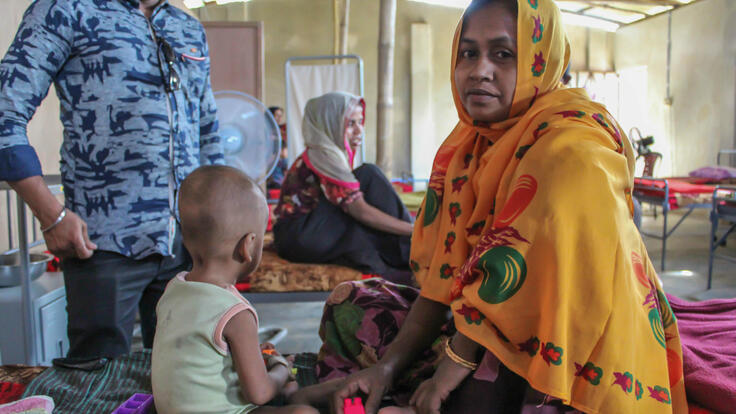
"In the camp where I live, my home is made of plastic tarps," says Khalida (not her real name), 35. "Our main challenge we face day to day is getting enough food—but for my children, it’s health." The International Rescue Committee treated Khalida's youngest child for severe malnutrition
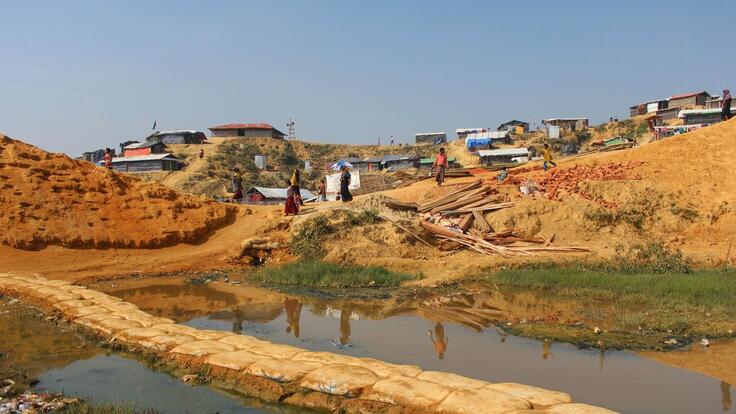
Refugees have no choice but to scavenge the surrounding hillsides for roots and other vegetation that can be used as cooking fuel. This makes the ground unstable and poses a serious risk of landslides.
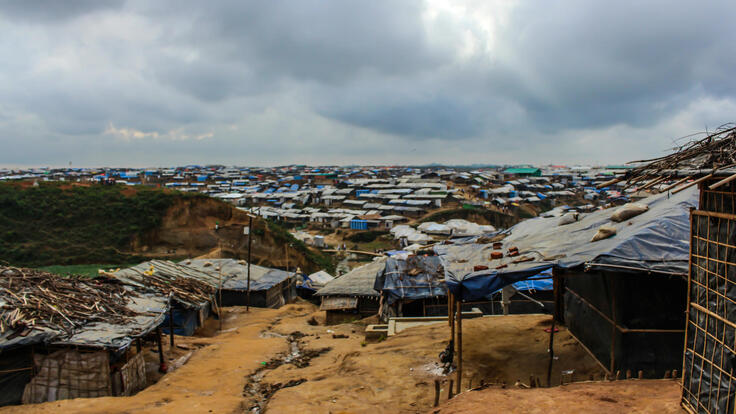
Families are struggling to survive without enough food, medicine or even toilet facilities.The monsoon rains will cause latrines to flood and contaminate water sources. Dengue fever, hepatitis and diarrhea could sweep through the camps.
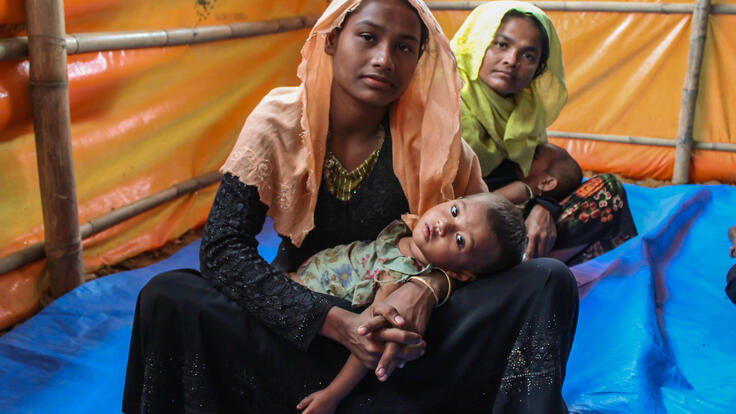
The IRC and our partners in Cox’s Bazar are focusing on health care and the protection of vulnerable women and children. We’re ramping up our response as the looming monsoon threatens to create a public health emergency.
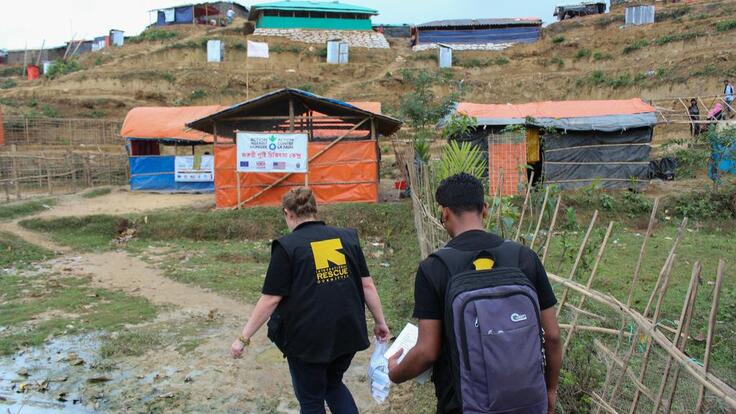
As the rains set in, hundreds of thousands of people will likely be cut off from lifesaving services by rising waters. IRC mobile medical teams will serve refugee communities whose health facilities have been shut down by flooding or landslides.
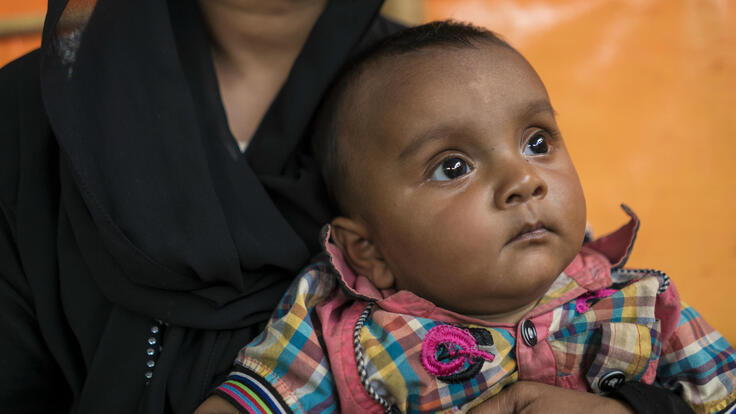
Bangladesh is also prone to other devastating natural disasters, putting refugees further in danger. In May 2017, Cyclone Mora made landfall in Cox’s Bazar, destroying a quarter of the Rohingya refugee settlements. Learn more about the IRC’s work in Bangladesh.
Get the latest news about the IRC's innovative programmes, compelling stories about our clients and how you can make a difference. Subscribe